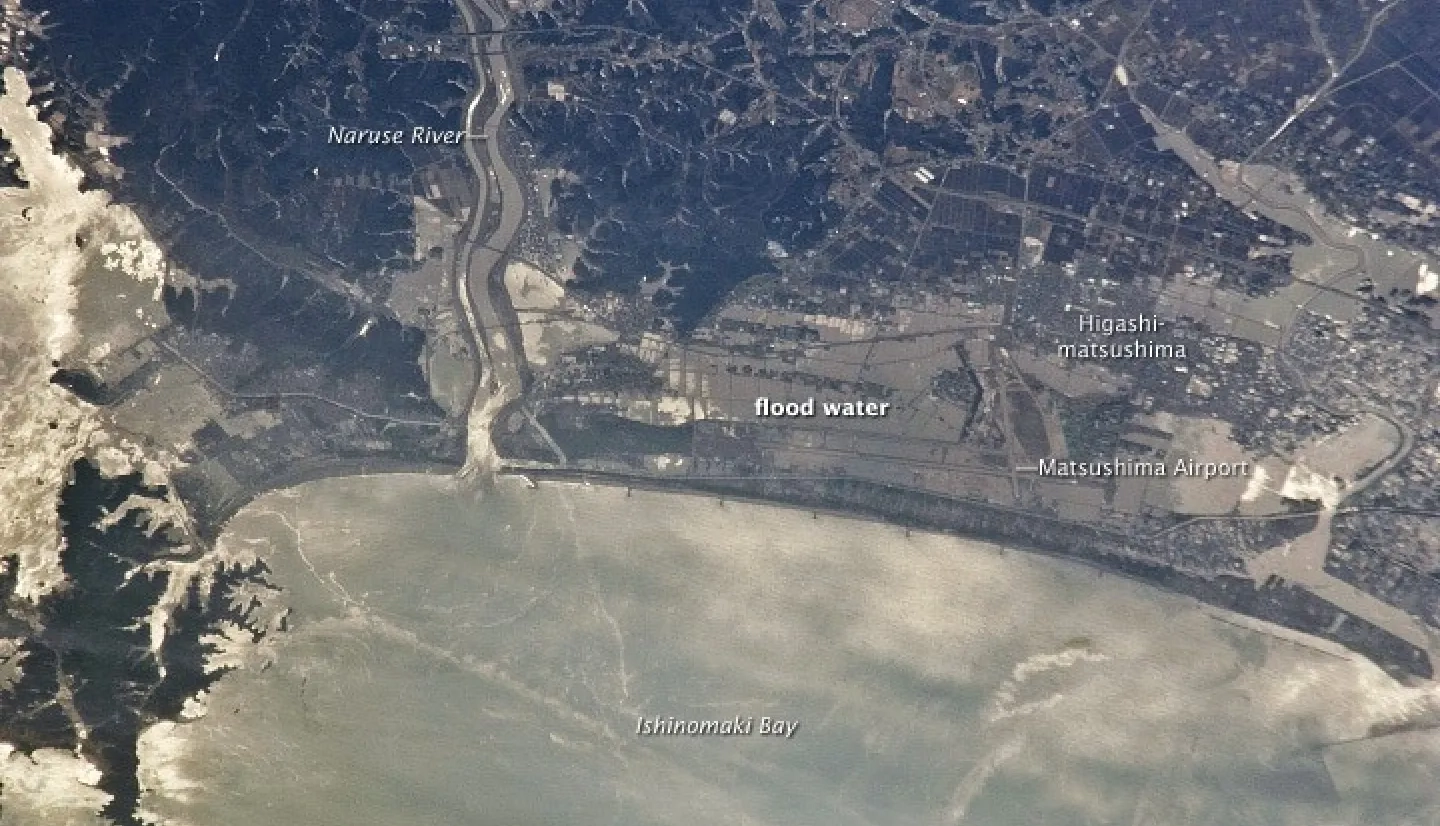Nov. 5, 2020, is World Tsunami Awareness Day. With this year’s annual observance of World Tsunami Awareness Day, the United Nations and partner organizations call on countries and organizations worldwide to substantially increase the number of countries with national and local disaster risk reduction strategies by 2020.
Tsunamis are rare but can be extremely deadly. According to the UN, 58 tsunamis claimed more than 260,000 lives, or an average of 4,600 per disaster in the last century, surpassing any other natural hazard. By the end of this decade, 50% of the world's population will live in coastal areas exposed to flooding, storms, and tsunamis. Having plans and policies to reduce tsunami impacts helps build resilience and protect communities most at risk.
The selection of Nov. 5 for the annual World Tsunami Day was inspired by the Japanese anecdote, “Fire of Rice Sheaves." In the story, Goryo Hamaguchi saved numerous villagers from the Ansei-Nankai Tsunami on Nov. 5, 1854. Hamaguchi set fire to his sheaves of rice, knowing that the townspeople would quickly come to extinguish the fire. His intentional action led them to higher ground and ultimately saved nearly all of the town’s residents. Hamaguchi is also historically known for his "plan for the relief of a hundred generations" by rebuilding the village and helping prepare for and increase resiliency against future tsunamis.
One hundred sixty-six years later, NASA’s Earth Applied Sciences Disasters Program carries that figurative torch lit by Hamaguchi. NASA’s Earth-observing satellites, ground data and airborne science missions offer unique insight that can be instrumental for decision making before, during and after a tsunami hits the shore. The Disasters Program provides an array of free and easily accessible tools for disaster readiness and resilience.
Reducing evacuation start time is the most critical variable in saving lives when a tsunami is imminent. Rapid access to accurate and easy-to-understand information will equip local and regional leaders to order critical life-saving evacuations as quickly as possible. That’s why NASA’s Disasters Program actively supports research that is modernizing local tsunami forecasting and early warning using Global Navigation Satellite System (GNSS) data. Earlier this year, researchers tested the performance of the tsunami forecasting and early warning system using data from a 7.4 magnitude earthquake off the coast of Mexico.
NASA’s Disasters Program also promotes collaboration among and between organizations through participation in organizations such as AmeriGEO, which promotes risk reduction in the Americas and the Committee on Earth Observation Satellites (CEOS) Disasters Working Group (WGDisasters), charged with ensuring the sustained coordination of disaster-related activities by agencies around the globe. The program is also an active contributor to the Sendai Framework, a United Nations initiative to help communities worldwide manage, mitigate and plan responses to a wide array of disasters
Through these efforts, NASA recognizes and supports the goals of World Tsunami Day by bringing together experts around the globe and providing them with the technology, science, and unique global Earth observations that increase understanding and awareness of this rare but deadly phenomenon.




